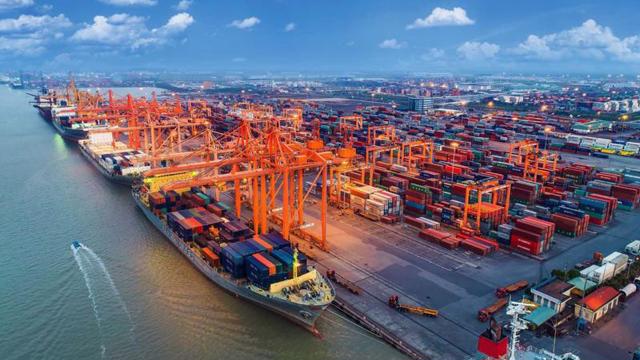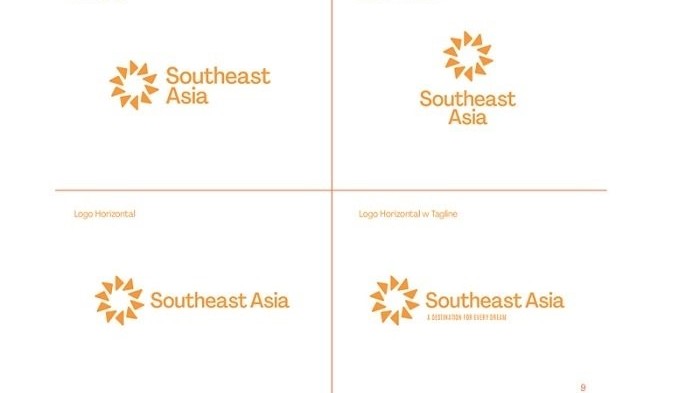
How will Vietnam’s economy benefit from China's reopening: HSBC report
Latest
The re-opening of China, the world’s second-largest economy, is expected to offer a boost to Vietnam’s economy in tourism, exports, and FDI, according to a recent report from HSBC.
Vietnam is well situated to receive these three boosts from China’s reopening, according to the “2023 Outlook: Three ripples from China’s re-opening” report.
Firstly, the re-opening will be a bright signal for the strong recovery of tourism activities, particularly in Vietnam, as Chinese tourists account for 30 per cent of the country’s international visitors.
While Vietnam’s economy is not as heavily dependent on tourism as Thailand’s, the significance of the sector for its job market cannot be underestimated.
“Although the tourism-related employment rate in Vietnam is the lowest among Southeast Asian countries, the informal job market related to the industry is relatively high, especially in the restaurant sector, accounting for up to 83 per cent,” it states.
Another factor that is extremely important when it comes to China’s re-opening is commercial cooperation. Since 2020, ASEAN has overtaken the EU to become China’s top trading partner. ASEAN’ exports to China increased remarkably over the past 15 years and China has become the largest export destination for most economies in the region, according to the report.
 |
| HSBC has released a report entitled “2023 Outlook: Three ripples from China’s re-opening”. |
China is Vietnam’s second-largest export market, following the US. Vietnam will benefit, though at a lesser rate, when products exported to China no longer have to undergo strict monitoring as during the COVID-19 pandemic, because China has gradually relaxed its policies.
Finally, China’s re-opening is expected to help boost FDI inflows. While the Asian financial crisis has had negative impacts on the FDI environment in ASEAN, FDI inflows into the region have continued increasing over the past decade, reaching record growth of 11 per cent in 2021, almost on par with China.
“Singapore, Vietnam, and Malaysia are countries where the manufacturing sector is the key growth pillar,” the report states. “Manufacturing continues to the ‘backbone’ of FDI into ASEAN, a field where China has caught up with other Asian countries in recent years.”
However, HSBC also warned that although China’s easing of pandemic prevention and control policies has opened up many development prospects for the ASEAN region, the global economic situation still poses many risks to recovery in these countries.
The inflation picture in ASEAN remains unclear, as the situation in regional countries still depends on local policies together with prices of global mineral and natural resources.
Although imported inflation fell, countries could not rule out external shocks. Electricity prices in Vietnam are facing increasing pressure due to price hikes of imported coal. It is also important to consider China’s recovery and its implications for global energy demand. Meanwhile, for example, Thailand’s inflation depends heavily on global energy prices.
Vietnam and the Philippines are the only two countries in ASEAN whose inflation has yet to peak. In Vietnam, inflation was 3.2 per cent in 2020; much lower than the target of 4 per cent from the State Bank of Vietnam (SBV).
However, Vietnam is facing stronger inflationary pressure, signaling that the central bank will continue to increase interest rates.
HSBC said it expects the SBV to increase the refinancing interest rate by 50 basis points in both the first and second quarters of 2023, raising the rate to 7.0 per cent by mid-2023.





















